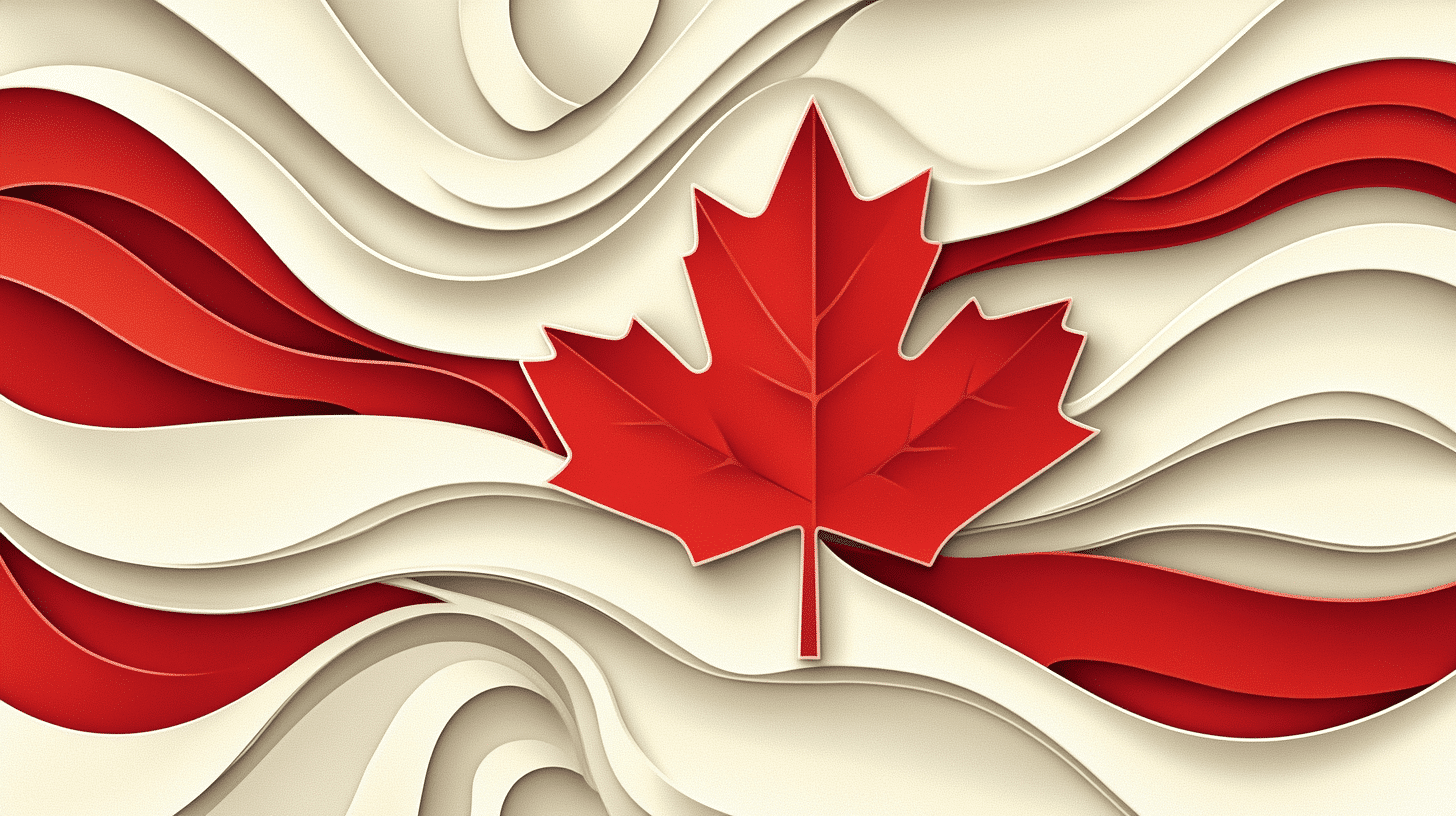What is Canada Victoria Day?
Canada Victoria Day, celebrated annually on the last Monday preceding May 25th, marks the birthday of Queen Victoria and is a national holiday in Canada. It commemorates the reign of Queen Victoria, who was the monarch of the United Kingdom from 1837 to 1901. Victoria Day also signifies the unofficial start of summer in Canada, with many communities celebrating with fireworks, parades, and various outdoor activities.
History and Origin
Victoria Day was first observed in 1845, when the Parliament of the Province of Canada officially recognized May 24th as Queen Victoria’s birthday. After her death in 1901, the day was established as a national holiday to honor her legacy. Over time, it became a celebration of both Queen Victoria’s birthday and the reigning monarch’s official birthday. The date was later adjusted to the last Monday before May 25th to create a long weekend, which has become a cherished tradition marking the beginning of summer festivities in Canada.
Who Celebrates Canada Victoria Day?
- Canadians Nationwide: Enjoy the holiday with various activities and events.
- Government and Public Offices: Close in observance of the national holiday.
- Schools and Educational Institutions: Often have the day off, providing families with an opportunity for leisure.
- Local Communities: Host parades, fireworks displays, and public celebrations.
- Historical Societies: Highlight the significance of Queen Victoria and her impact on Canadian history.
Slogans and Themes
The themes for Victoria Day often revolve around heritage, celebration, and the start of summer. Slogans such as “Celebrate the Queen, Welcome the Summer,” “Victoria Day: A Royal Holiday,” and “Honoring History, Embracing Summer” capture the essence of the day. These themes emphasize both the historical importance of the holiday and its role as a festive kickoff to the summer season.
Colors, Symbols, and Patterns
- Colors:
- Red and White: Reflecting the national colors of Canada.
- Royal Blue: Symbolizing the royal heritage and monarchy.
- Gold: Representing royalty, honor, and celebration.
- Symbols:
- Crown: Representing the monarchy and Queen Victoria.
- Fireworks: Indicating celebration and festivity.
- Maple Leaf: Reflecting Canadian national pride.
- Patterns:
- Royal Emblems: Including crowns, scepters, and other regal motifs.
- Flag Designs: Featuring the Canadian flag and Union Jack.
- Summer Icons: Depicting outdoor activities, flowers, and sunshine.
Most Used Hashtags
- #VictoriaDay
- #CanadaHoliday
- #QueenVictoria
- #SummerKickoff
- #CanadianHeritage
How to Celebrate
- Attend Parades: Join local parades that often feature floats, bands, and historical reenactments.
- Watch Fireworks: Enjoy fireworks displays that light up the night sky in many Canadian cities and towns.
- Host Barbecues and Picnics: Gather with family and friends for outdoor meals and celebrations.
- Explore History: Visit museums or historical sites to learn more about Queen Victoria and her impact on Canada.
- Engage in Outdoor Activities: Participate in community events, park visits, or sporting activities that mark the start of summer.
Canada Victoria Day is a blend of historical commemoration and the celebration of the summer season. It honors the legacy of Queen Victoria while bringing Canadians together for festive activities and community bonding. As fireworks light up the sky and parades march through the streets, this day serves as a joyous reminder of both Canada’s royal heritage and the vibrant summer ahead.
